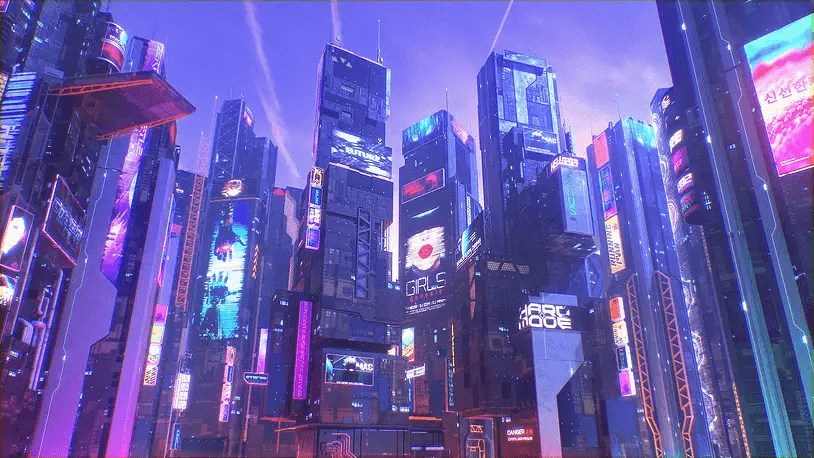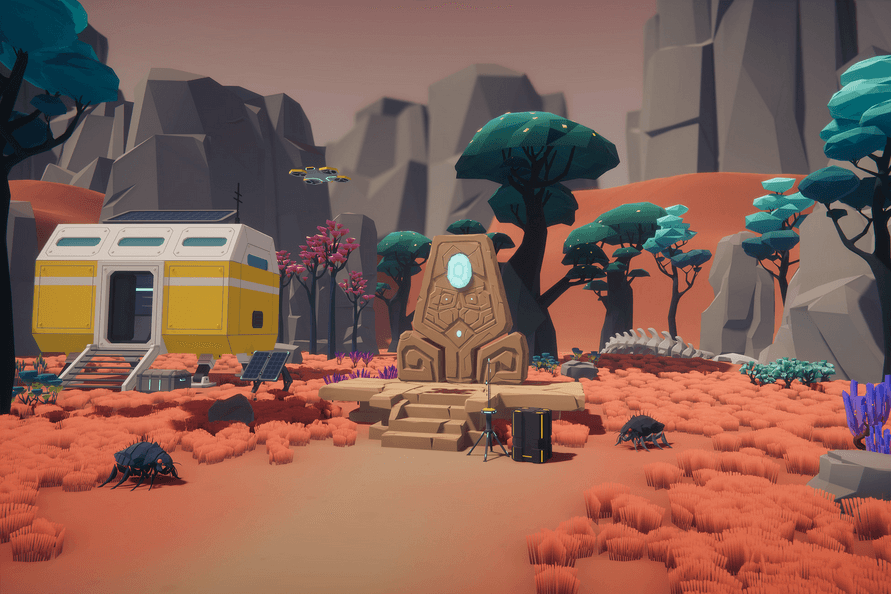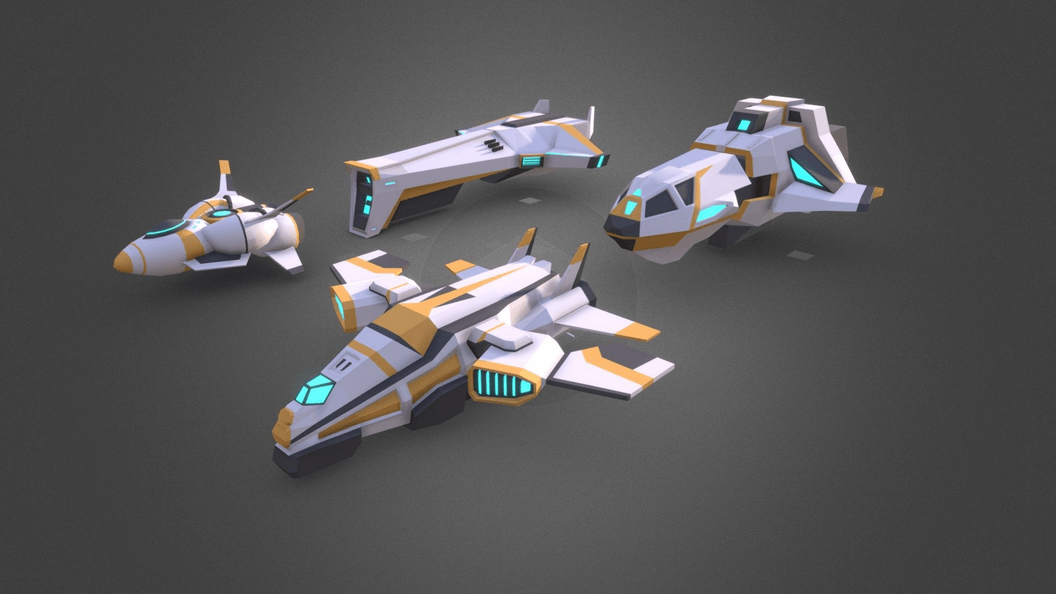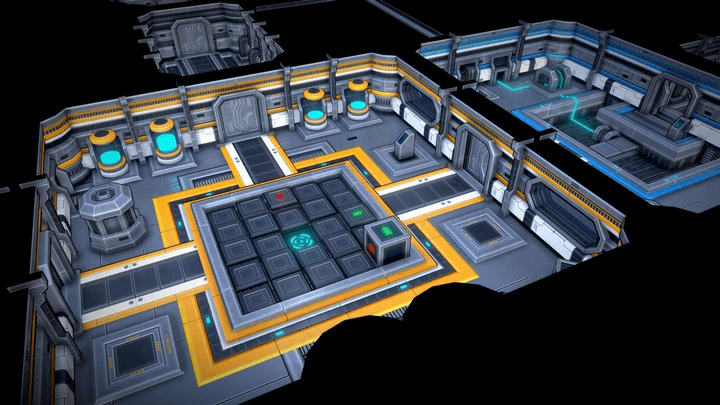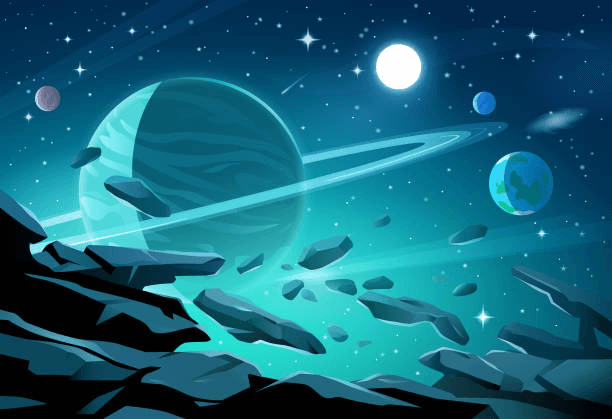Now that players can see each other, things already look more exciting, but our characters are still floating motionless above the ground. Let’s bring them to life with some simple animation.
To make characters move more naturally, we’ll use Time.scheduleRepeating again to check the player’s position every frame. Here’s the basic idea:
1. Track movement: Save the character’s position from the previous frame, then compare it with the current position.
- If the position has changed, the character is moving.
- If it hasn’t, the character is idle.
2. Update animation only when state changes: Keep track of whether the character was moving in the last frame. If the movement state changes (for example, from idle to moving or vice versa), update the animation accordingly. This keeps things efficient and prevents unnecessary animation restarts.
Before coding the animation logic, make sure the character variable is cast to the correct type. By default, copy returns a BaseItem, but for animations you need it as an AnimatedItem. So, update the line that creates the characters to something like this:
let character = characterProto.copy() as AnimatedItem;
So the code snippet looks like this:
let wasMoving = false;
let lastX = cameraItem.transform.position.x;
let lastY = cameraItem.transform.position.y;
Time.scheduleRepeating(() => {
let newPos = cameraItem.transform.position;
let moving = false;
if (newPos.x != lastX || newPos.y != lastY) {
lastX = newPos.x;
lastY = newPos.y;
moving = true;
}
if (wasMoving != moving) {
wasMoving = moving;
if (moving) {
character.animation.playLooping("Walk");
} else {
character.animation.playLooping("Neutral");
}
}
});
Now you can play this Experience and see that the characters display a “walking” animation whenever they move around the scene.
With this setup, your avatars will seamlessly switch between idle and walking animations as players move around, adding that extra touch of life to your multiplayer Experience!
In the next lesson, we’ll look at how to handle player interactions by tracking who joins and leaves the session and responding to these events using the Multiplayer API.






